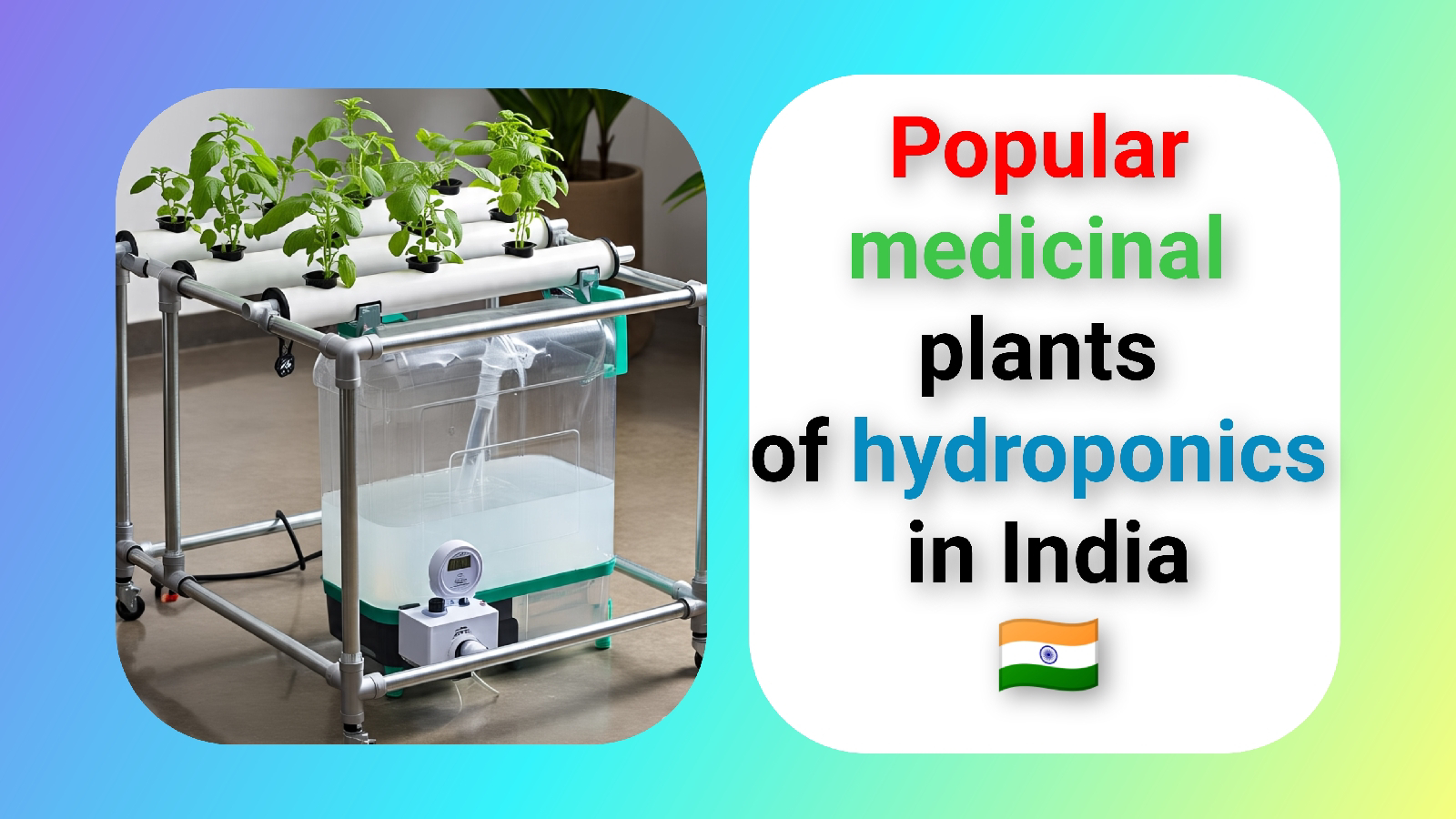🇮🇳 Seaweed Market Report – India (2025)

🇮🇳 Seaweed Market Report – India (2025) 1. Executive Summary The Indian seaweed industry is projected to grow rapidly in 2025, driven by increasing demand from food, fertilizer, cosmetics, and biofuel sectors. With government incentives, coastal farming programs, and international demand, the market is ripe for investment. Market Size (Estimated 2025): ₹2,500+ Crores (approx. $300M+) CAGR (2022–2025): 12%–15% Key Species Cultivated: Kappaphycus alvarezii , Gracilaria , Ulva , Sargassum Key States: Tamil Nadu, Gujarat, Maharashtra, Odisha, Andhra Pradesh 2. Market Drivers Government Support: Blue Economy Mission, PMMSY scheme subsidies. Export Demand: Seaweed extracts in Europe, Japan, Korea, and the USA. Industrial Applications: Agar, carrageenan, biofertilizers, cosmetics, animal feed, nutraceuticals. Sustainable Practices: Seaweed absorbs CO₂ and requires no freshwater or fertilizers. 3. Market Segmentation Segment % of ...








